Leaderboard
Popular Content
Showing content with the highest reputation on 01/22/2021 in all areas
-
Maybe it's because I don't understand your writing well. Is it a quiz that you don't try to show the front side? The kibata, which is slightly visible in the image, is well carved, and the shakudo is also in good color. The kobakuchi (edge) on the back side is also thin and evenly finished, so it may be the work of Goto School in the early Edo period or related metalworkers. If I can't see any of the ne (pillars), it is possible that they have already dropped out. What is difficult to understand is that the mugi-urushi that fills the back of menuki remains new, and there are no visible marks glued to the katana handle. Genuine mugi-urushi becomes stone-hard over time and is often impossible to remove. The image is a modern cast menuki. The back side is filled with resin to cheat that it is a casting, and it looks like a mugi-urushi. That is not the case with your item. It's just a reference.4 points
-
3 points
-
To be honest it depends where it occurs. As a general guide I prefer ko-nie especially in the ji-hada. Ara-nie is ok in sections of the hamon but it can start to clump together and become ugly. As with so many other features whether it looks good or not depends on how it blends and harmonizes with other activity in the blade. below some images of nie (I would almost describe as ara nie ) in an Aoe blade and some on a Soshu blade2 points
-
Mark, It's a decent looking Ressei me-no-shita men, Nara style. These are relatively common, yours likely dates to mid-late Edo period. The condition is not bad, but there could be rust forming under the cracked lacquer. Uwe did a good write up of the style in the following thread if you want some more information.2 points
-
The quality looked sub par and the Tsuba looked like it was cast in kitty litter. I should have known better on my own but needed the extra push.1 point
-
Azuma Tamonbei Masatsugu - 東多門兵衛正次, mid 1600's smith from Bizen. Chū-saku in Fujishiro, just checked the entry on him and very tiny bit of info on him there. Here is a reference item: (edited second one out as it was same school but different smith by my mistake) https://yuuki-hamasaki.jp/katana/a094/a094.html1 point
-
CHINESE FAKE. RUN AWAY Here is a website, have a look at the swords, study them. Japanese swords have nothing to do with these Chinese junks. https://www.aoijapan.com Michael, study just a bit to be able to indentify the real thing. Otherwise.....1 point
-
We can't really answer this question for you since everyone has its own personal tastes. I can only talk about my (limited) personal experience which should still help answer your questions. I haven't been exposed to a lot of swords because opportunities to see them in France are quite limited (a couple behind a glass pane in a museum, some antique sellers in Paris, a token once in a while (when it doesn't get cancelled because of **** COVID), etc). I thought I knew what I liked (that is old swords) until I got to buy an amazing gendaito via NMB and this truly opened my eyes: gendaito which are (kind of) frowned upon by nihonto collectors can be truly amazing ! Then I started collecting wartime blades, something which would have never crossed my mind before this experience. Likewise I thought that what I liked was the sword itself so I didn't mind having them in a shirasaya until I bought a couple of shin-gunto and realized "Oh man, those shin-gunto on my sword rack are so beautiful" So now, if I had the choice I would rather buy the sword with a koshirae than in a shirasaya alone. I think you have those questions because you still haven't been exposed to enough swords to know what you really like so my advice would be to meet collectors (if possible) and determine what your tastes are: you will see things that you didn't know existed and you will think "THIS is what I want in my collection"1 point
-
Has the loooks of civilian sword taken to war. Nice pick up hope the polisher knew what he was doing and didnt leave you a washboard.1 point
-
Hi all, Can you take a look at this example and tell me what you think about its, age, condition, uniqueness...? I bought this at a sword show years ago and yes, it has been hanging on my den wall. The Myochin hachi (Yamato (no) Kami Fujiwara Ieyoshi 大和守藤原家慶) I'd posted last year provided great insight and taught me a lot. I am hoping for the same here. The lacquer is 90% intact, but shows signs of cracking (nice old iron patina where there is loss). The throat lame are perfect. Silk lacing is 90% intact with some loss or fraying, I am guessing later Edo. The fierce expression with teeth, horse hair(?) moustache, awesome nose and wrinkles gives me a feel of an artistic piece. Thanks for any interest. Mark1 point
-
Despite a circuitous route from Japan to the US east coast then back to Japan and ultimately Thailand my "Christmas stocking stuffer" Tamahage finally arrived. I opted for the smaller box. Put it with on a bookshelf for some size context. Pretty neat addition to the collection! Displays really nice and one of the pieces has some interesting purple and green hues to it.1 point
-
Yas, is this one the same as the 'Wanted man' above? It is listed by a different seller? https://www.jauce.com/auction/b515768575 [https://www.jauce.com/auction/n488809158] has been cancelled? Or are we seeing more of these reproductions? The detailing is identical, but of course it would be if both are from the same factory?1 point
-
I'll stick my neck out to be shot down. The nakago looks fairly new and it lacks details expected of a Japanese sword, and it's unsigned. I would guess Chinese made. I would steer clear of this one. Hoanh1 point
-
so i got the sword today i can say one thing it very beautiful evevy thing is tight no saya rattle which i Expected for a 50 plus year old shirasaya blade is nice for what i paid for it1 point
-
translation from his site "Imported from BladeShop from Tokyo Japan on October 2020 with NBTHK Hozon papers and NBTHK Tokubetsu Kicho papers." So aoiart price is not that old in this case. He use aoi description and only left the little negative tsuba part. Also saying he can provide better picture what i assume would be also from aoi. I check the nihonto he sold from time to time and thats not the first one but the first that rise like bitcoin in price. Ofc he always took a few thousand € what is ok, not selling them every day. His shop is sponsored at google always at first or second place when you search for something "katana" related, so he wont be suffering. Maybe someone without knowledge buying something for so much money wont suffer from it too. For some people that can not read english or Japanese and trust their friendly german seller its hard to find information. Even for the nihonto is an investment guys thats a bad thing. To increase the real price their must be a higher demand and you wont grow enthusiasm by taking advantage of the newbie knowledge. The people who think this is a hobby should think what other hobbys cost ? Not making profit is pretty normal for a hobby. Its hard to belive someone likes something if he wont accept to pay something for it. Driven by their next purchase.1 point
-
My point is a tad bit different. How do we "know" the buyer of shinto Takada made a "mistake"? We have Aoi Art website which lists thousands of swords together with the prices they went for. A unique feature, which by itself made Aoi Art quite popular, but also extremely hated by many dealers. They are tired of telling their customers that their Sue Sa is much better than the one on Aoi Art and that's why it costs more. They can't openly say Aoi Art is a relatively affordable place and its unfair to compare its prices against someone who invested decades of labor into cultivating the image of a true expert in charge of a unique boutique. Most of all, such singular price record prevent quite a few swords from appreciating. If it says out there the sword was sold for million yen twenty years ago, it's what people will want to pay for it today. And that's part of a greater problem - nihonto does not have more or less transparent price formation, almost all deals being done privately. Its not suitable for real investments, as even the most experienced dealers simply don't have the full price dynamics on their hands. Compare it to fine art market where you get lists of virtually all sales for the past century, because 90% of it goes through public auctions. Unless you deal with once a lifetime find, you can reasonably guess the acceptable valuation for an auction of certain level, and going from there can guess a retail value as well. But when you buy an expensive nihonto at best your guidance is about some friend who sold something similar for say 20% more, and generally knowing such swords are "in demand". When you decide to sell it, suddenly it turns out to be much more complicated. Its great if you bought a sword for life. But as an investment nihonto I feel plainly is a bad option. The market is too opaque to have a comfortable long term prognosis. Otherwise I am in the camp "blame it on the buyer". I can't imagine selling anything without inspection period, even if its not specified outright, unless its outright specified not to be the case. But after that, its on the buyer. That's more freedom than you get in a stock market.1 point
-
1 point
-
1 point
-
1 point
-
1 point
-
1 point
-
1 point
-
1 point
-
1 point
-
At least you got the inside of the menpō Peter, even if nobody taught you All of your three items are in need of a little touch up but probably worth the expense. The first kabuto dates most likely back to the Muromachi period , as Luc indicates and Thomas supposed. In terms of the shape, the hachi could be a “Haruta” work. The second one seems to be from a “Myōchin” workshop, probably early Edo. I can understand your reservations about the work.... Last but not least the mask. I dare a guess towards mid/late Edo “Myōchin”, but I’m not sure. Dating is very tricky some times, as is the assignment to a particular school. It’s late today, so I will have a closer look tomorrow.....1 point
-
Hi Peter, very nice! First glance, early hachi remounted in Edo/Meiji, IMHO. Sry, off for work....1 point
-
1 point
-
From the minimum I can see, I would err on Shinto/ ShinShinto made in the fashion of Nanbokucho. May I suggest that you grab an online diagram of a Japanese sword and its parts as well as a glossary of key terms so that you are clear what is being discussed and we have a productive chat. Surprised no one has suggested it yet but you should: - measure the blade kasane / thickness: if 5-6mm then could theoretically be Nanbokucho (if things below also stack up) but if 7-8mm+ you are clearly likely looking at a newer blade - look at the hada: the skin of the steel on the side above the hamon. To me it looks too uniform in one of the pictures: a sign of a newer blade, generally (let us not go into the subtleties of fine Rai or Awataguchi here). The more diverse and rich the hada, generally the more likely you are to be in the older period or be confronted with one of the Shinto masters - look at the boshi: to me it looks like it follows the fukura, ie the curve of the blade tip. If indeed the boshi is so simple, it points to non-Kamakura usually - another small sign: look at the shinogi-ji end check if the hada there is straight (masame) or not. Straight, ceteris paribus, equals newer. - compare the kasane of the nakago vs the kasane of the blade to establish how any polishes it has seen And there are other things to look out for (such as the mune shape, how the hamon starts at the machi, etc) but the above basics should give you a general direction. If the blade is older, looks to have interesting hataraki and jigane, generally it might be more valuable and worthy of polish. If newer, the fact that it is shortened and without a mei generally works against you. Anyway, good to start this discussion and hopefully it leads to something good.1 point
-
0 points
-
0 points

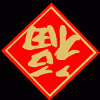



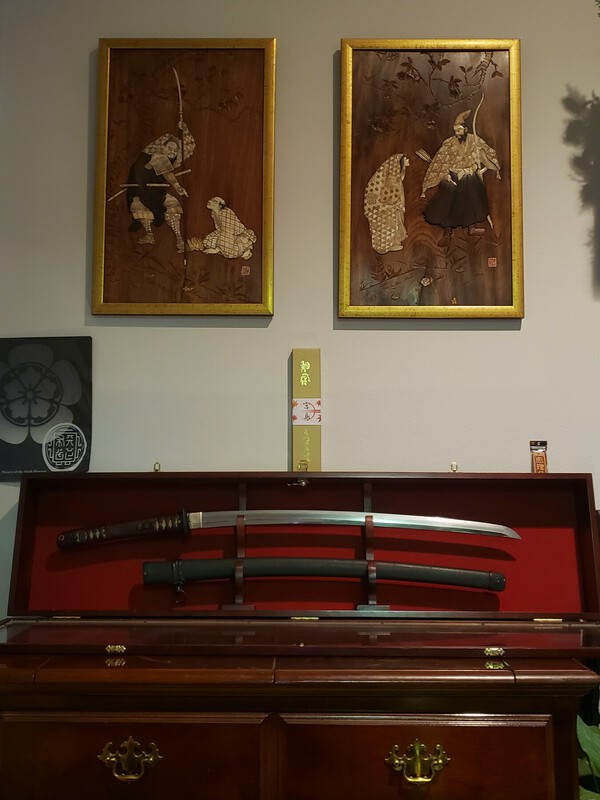
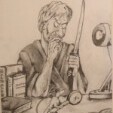



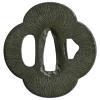


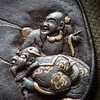







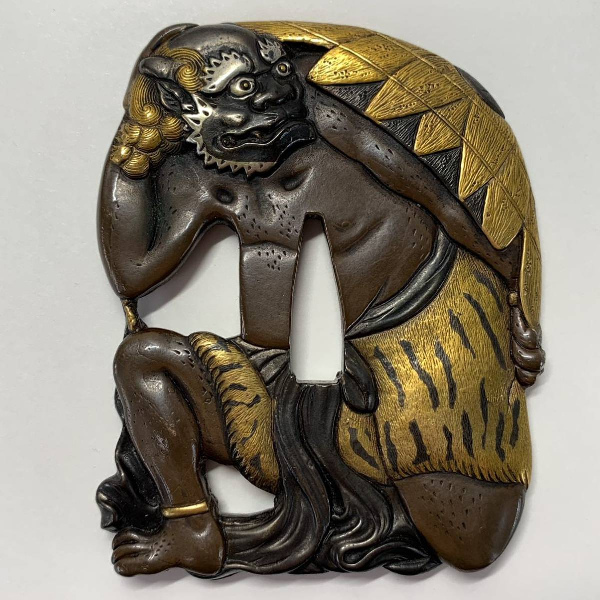
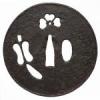





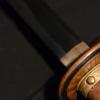






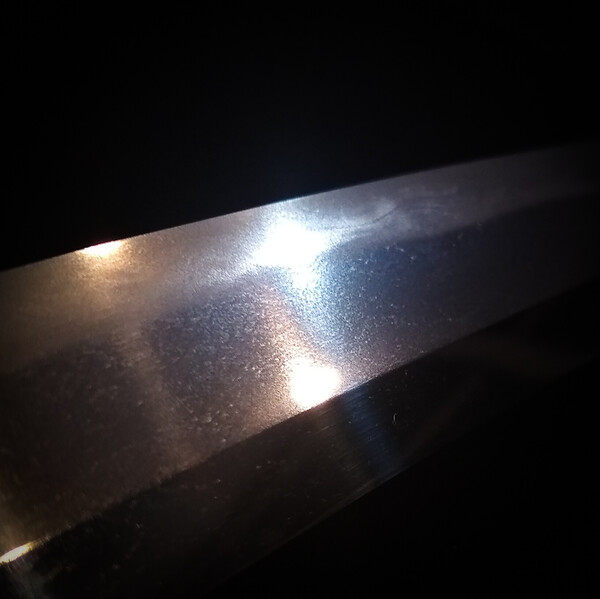


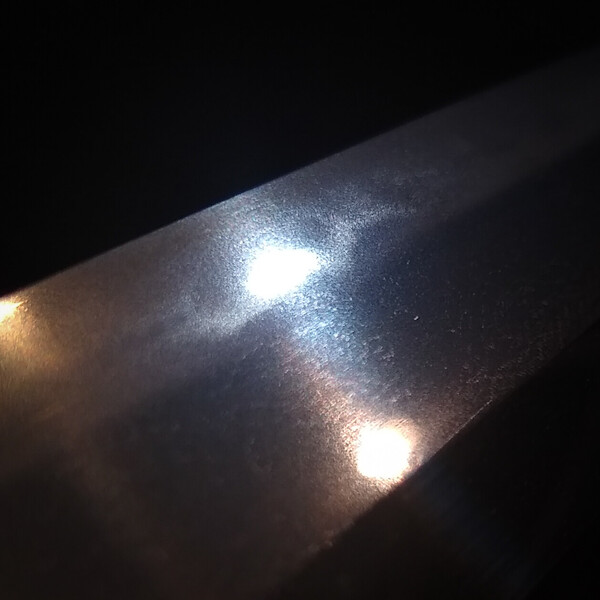


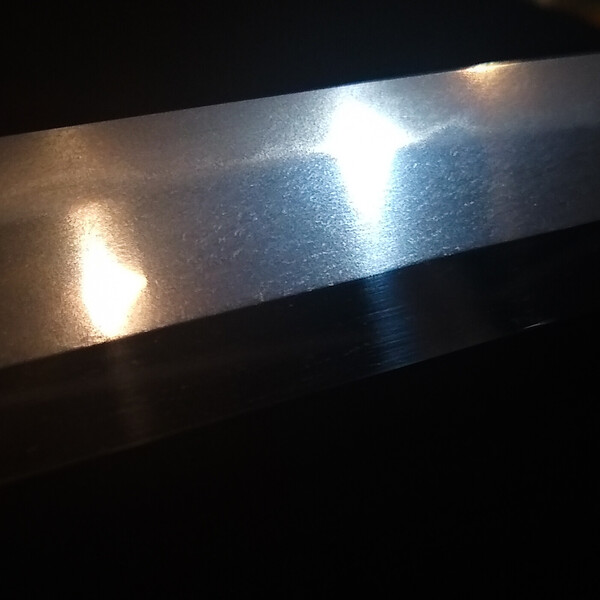


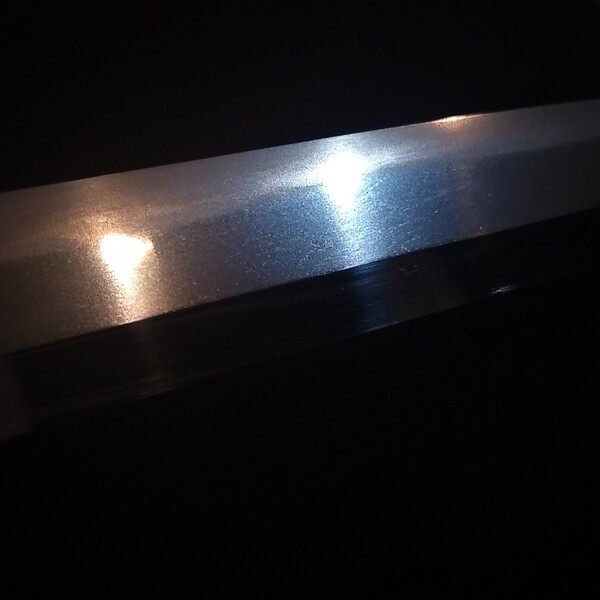



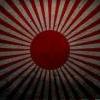


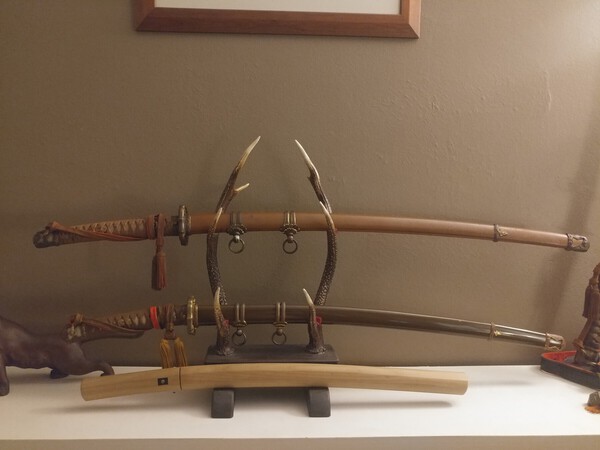

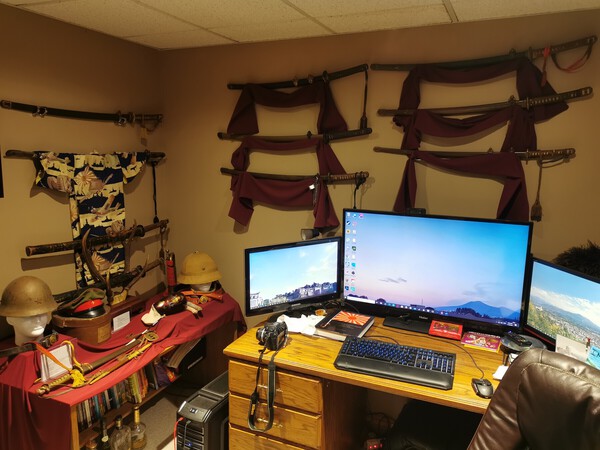
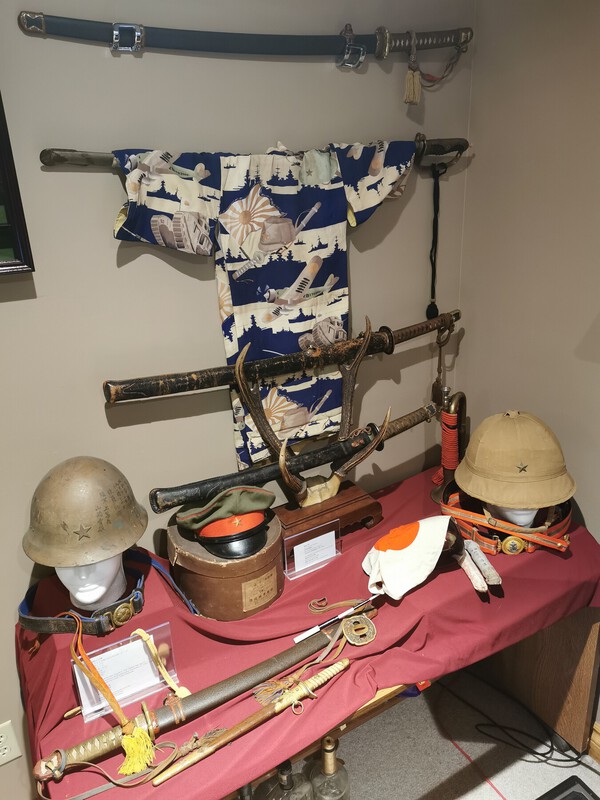






.thumb.jpg.229f515a1041cd48225051bb8d5a06be.jpg)